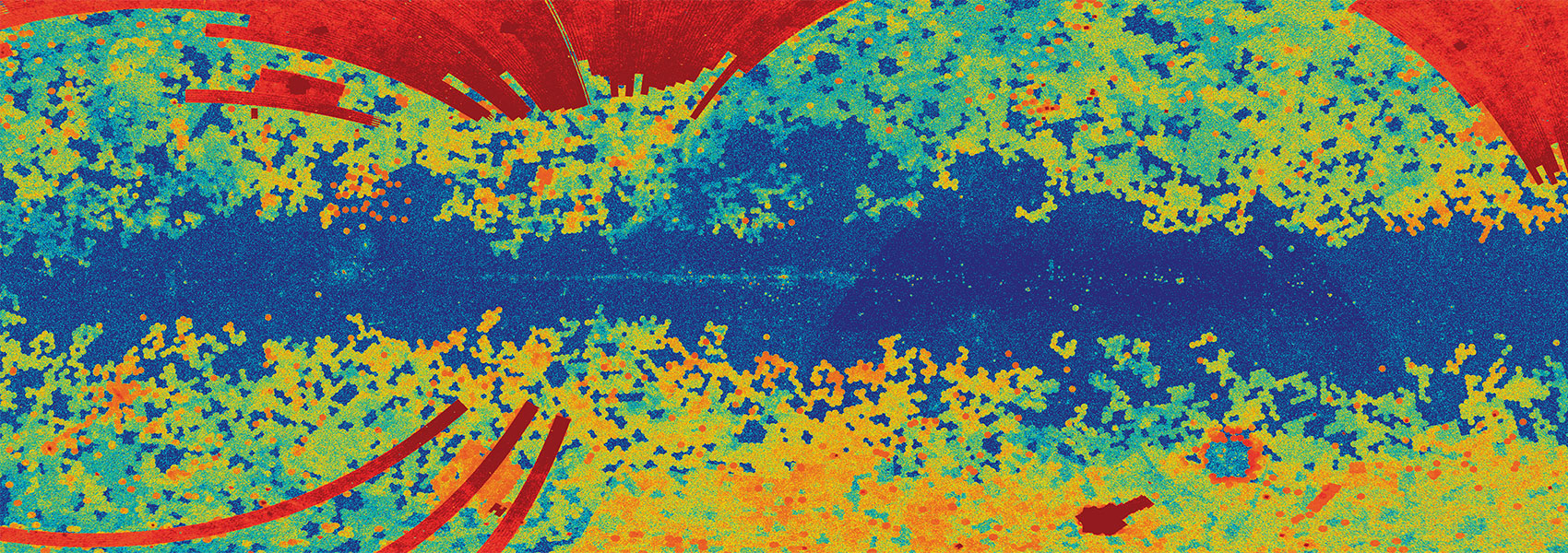January
2001
•
2001PASP..113...10M
Authors
•
Masci, Frank J.
•
Condon, J. J.
•
Barlow, T. A.
•
Lonsdale, C. J.
•
Xu, C.
•
Shupe, D. L.
•
Pevunova, O.
•
Fang, F.
•
Cutri, R.
Abstract
•
The Very Large Array has been used in C configuration to map an area ~=0.3 deg2 at 1.4 GHz with 5 σ sensitivities of 0.305, 0.325, 0.380, and 0.450 mJy beam-1 over four equal subareas. Radio properties are presented for 62 detected sources. Deep optical imaging to Gunn r~=25 mag using the Hale 5 m telescope covering ~=0.21 deg2 is reported for a subset of 43 sources. This optical follow-up is much deeper than that of existing larger area radio surveys of similar radio sensitivity. Archival J-, H-, and K-band photometry from the Two-Micron All Sky Survey is also presented. Using a robust likelihood ratio technique, we optically identified 26 radio sources with probabilities >~80%, nine with uncertain/ambiguous detections, and eight with empty fields. Comparisons with a stellar synthesis model that includes radio emission and dust reddening suggest that the near-infrared-optical emission in a small, bright subsample is reddened by ``optically thin'' dust with absorption AV~=2-2.5 mag, regardless of morphological type. This is consistent with other, more direct determinations of absorption. The radio-optical(-near-infrared) flux ratios of early-type galaxies require significant contamination in the radio by an active galactic nucleus, consistent with the current paradigm. Using our simple modeling approach, we also discuss a potential diagnostic for selecting ultraluminous infrared galaxies to z~=1.6 from microjansky radio surveys.
Links



